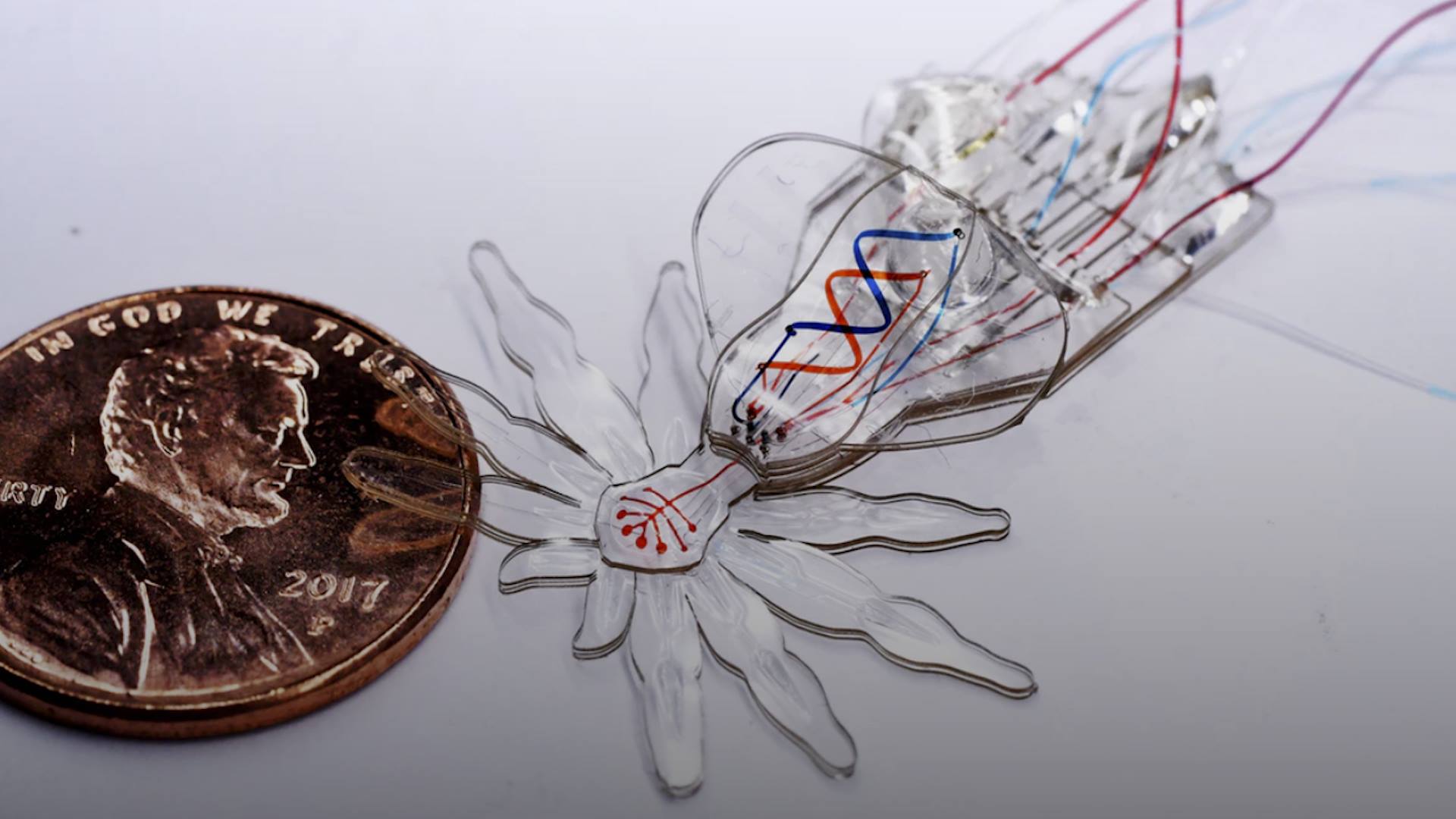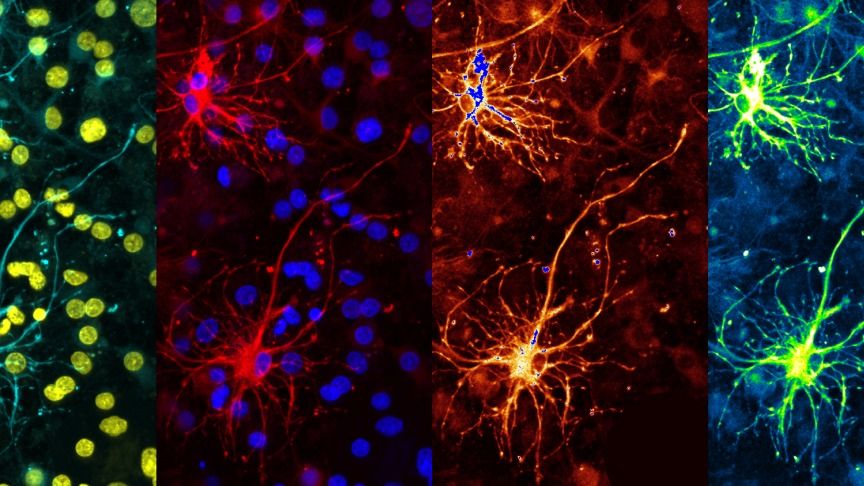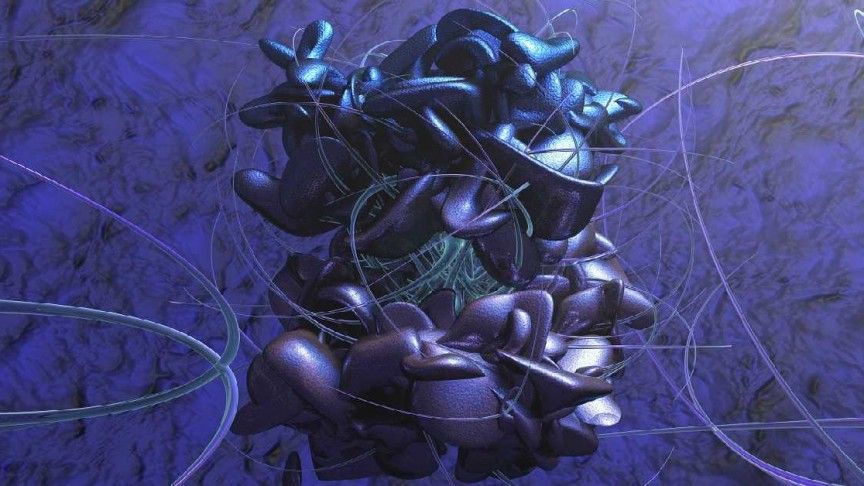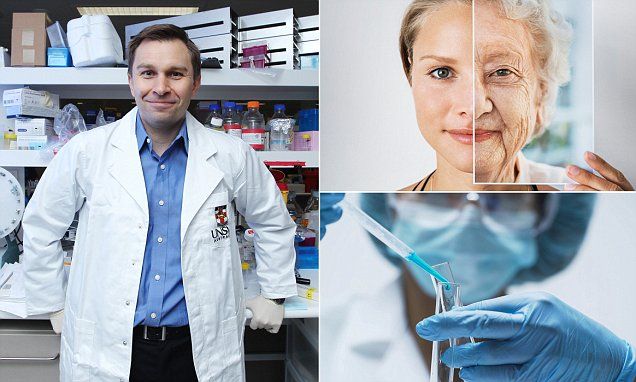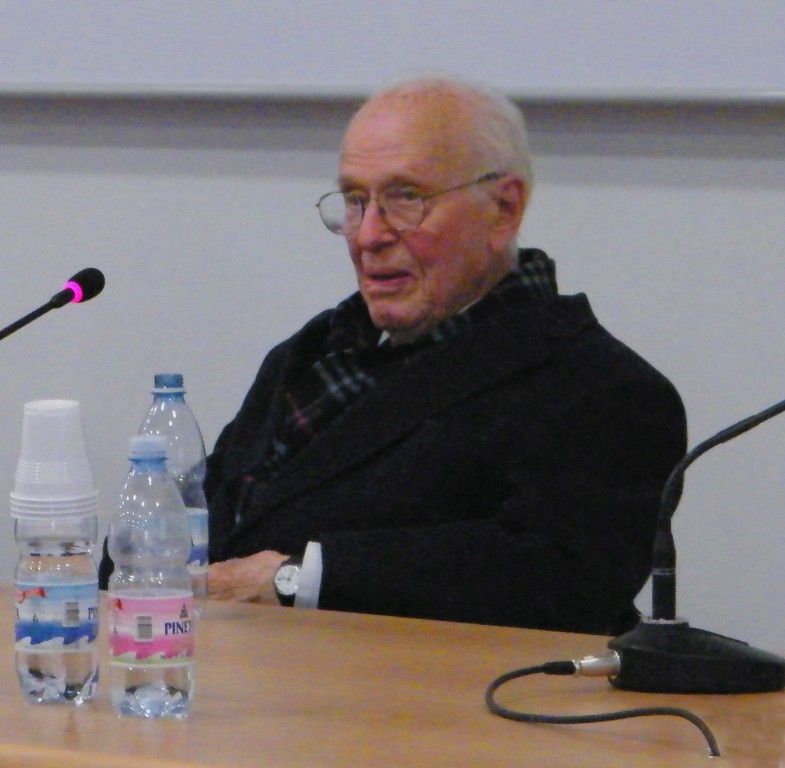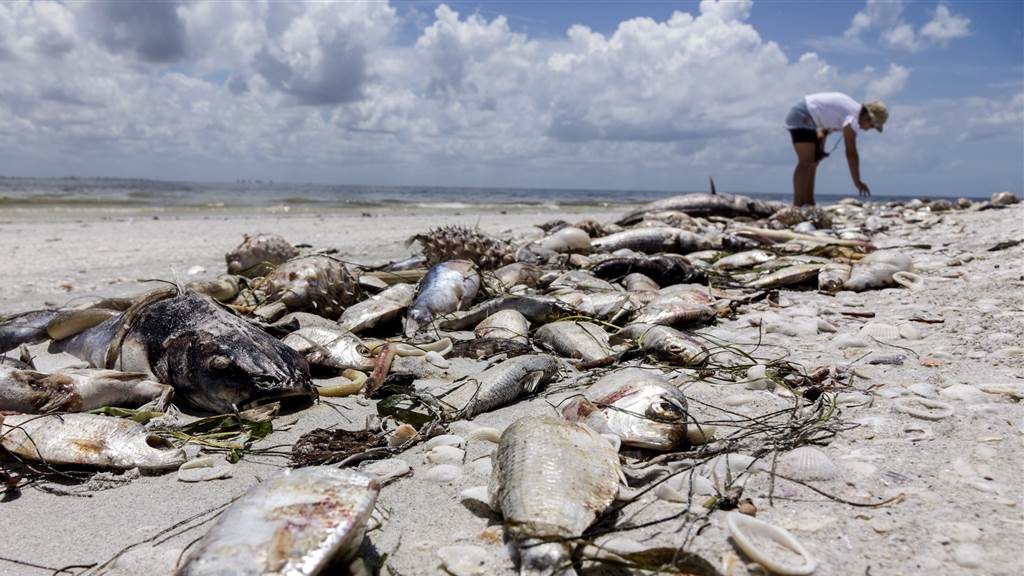Humanity is terrible at planning for the distant future. If we build advanced artificial intelligence, it might save us from ourselves.
As an immediate application, Neural Lace could potentially help patients suffering from brain injuries and certain illnesses. However, the utimate goal and mission of Neuralink are to successfully merge the human brain with machine, fusing human intelligence with Artificial Intelligence. As a result, this is expected to bring humanity up to a higher level of cognitive reasoning.
Neural Lace: How it works
At some point, Neural Lace is going to enable humans to upload and download information directly from a computer. Just in a similar way how Neo from the Matrix does in order to learn new skills and acquire new information.
Now, another hurricane season is already underway in the Caribbean.
Our research on rainwater harvesting — a low-cost, low-tech way to collect and store rainwater — suggests this technique could be deployed across the Caribbean to improve these communities’ access to water both after storms and in everyday life.
Even before hurricanes Maria and Irma hit last September, some Caribbean islands were unable to provide reliable clean water for drinking and washing to all residents.
An extraordinary new anti-ageing technique could see humans live to 150 years old and allow them to regrow their organs by 2020.
Harvard Professor David Sinclair and researchers from the University of New South Wales developed the new process, which involves reprogramming cells.
Dr Sinclair said the technique could allow people to regenerate organs, and even allow paralysis sufferers to move again, with human trials due within two years.
Luigi Luca Cavalli-Sforza, known simply as “Luca” to generations of human geneticists, died this week at age 96. More than any other human geneticist, Cavalli-Sforza believed in the potential of genes and culture together to trace humanity’s origins. In the course of his work, he pioneered new ideas and models that brought together these two distinct areas of science.
Like most scientists, many of his ideas would turn out to be wrong in the details. But his work helped form the foundation of our current knowledge of human genome variation across the world.
In 1991, Cavalli-Sforza wrote an essay for Scientific American that explained the course of his life’s work to that point. He recollected a time as a young man when he worked in the Cambridge laboratory of Ronald A. Fisher, one of the founders of modern evolutionary theory.


